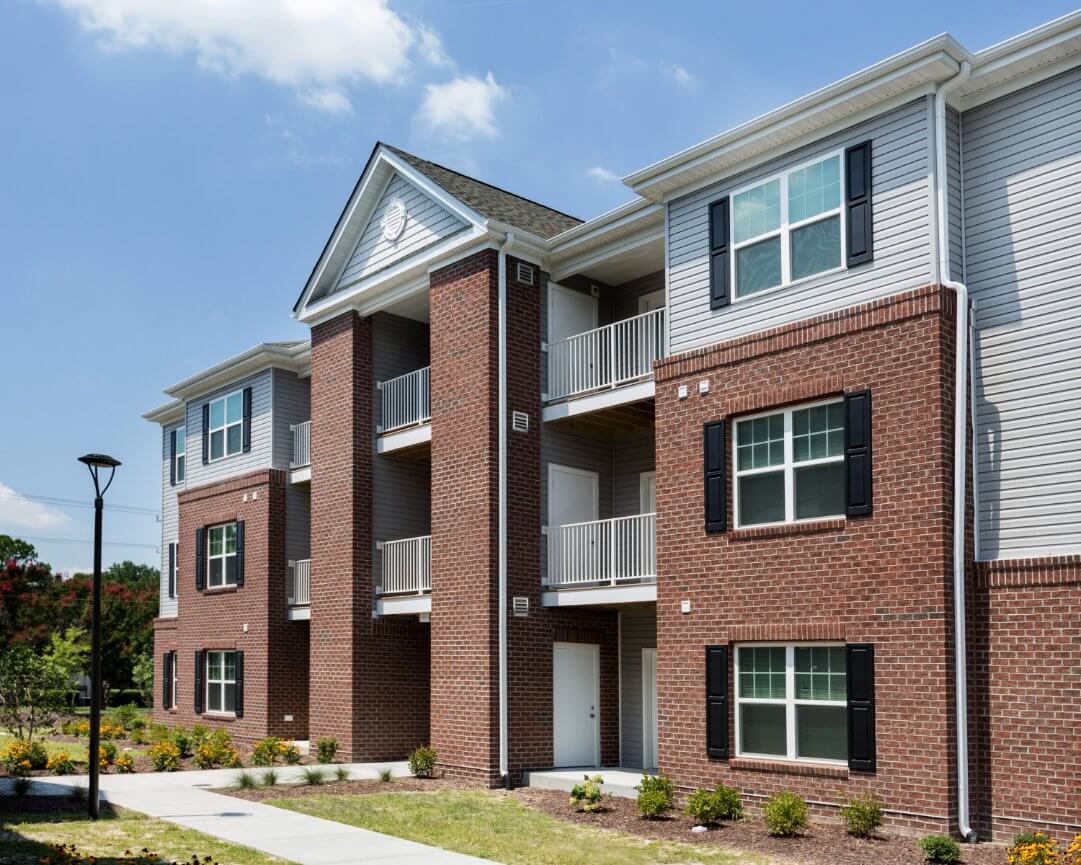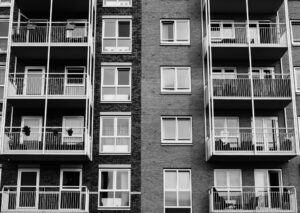When seeking to passively invest in multifamily assets, one will have to pay special attention to the property characteristics. Recognize that not all multifamily properties are created equal, and as such, based on these characteristics, demand, improvement opportunities and future values will vary accordingly. Below are just three prominent features of multifamily housing that make a difference and should be central to any passive investor’s selection criteria.
Location
You may have heard the cliche phrase, “Location, location, location.” It is cliche for a reason. Location is one of the top characteristics and influences of price and rents people are willing to pay for multi-family housing. Think of it this way: you can change any feature of an apartment, but cannot change the location. This important reminder represents how essential a properly chosen location is when making an apartment investment decision. Our company seeks areas with growing populations, job growth and relatively low crime.
Condition
In the 3 Business Models of Multifamily Investing, I highlighted the spectrum of strategies in apartment investing, starting with distressed and ending with stabilized assets. Distressed properties usually are in the worst condition and stabilized assets, characterized by high-occupancy and generally much more livable and comfortable for residents. In between the two is physical value-add, where the apartments are livable, but there is opportunity to improve the condition of the properties by doing upgrades and repairs in order to raise subsequent demand. Based on condition, there are three (sometimes four) subjective classes of properties, ranging from Class A (nicest) to Class D (below average). Robinson Capital seeks assets of B and C condition that allow for value-add opportunities for our team and our investors.
Unit Mix
Just recently, a friend and I were checking out an apartment complex, and while everything on the surface looked decent, he noticed that the complex was only 64% occupied. “I wonder why the occupancy is so low,” he wondered. Up for the challenge, I did some more digging in the offering memorandum, looking for hints regarding the condition, down units, poor location, etc. What I noticed. Is that this 261-unit was over 75% one-bedroom! One-bedrooms are functionally obsolescent in certain markets. Further, to offer so many one-bedrooms on one property leaves lots of opportunities for vacancy. A smaller ratio of one-bedrooms to two-bedrooms is ideal. I have heard it stated that the general ratio to look for is 2:1, two two-bedrooms for every one-bedroom. The unit mix ration for ones and twos at this apartment were nearly 1:4! Pay attention to the unit mix and what interests your market based on the class of the subject property and location.
Each of these three features are good starting points to identify in your investment criteria and as you search for or are presented deals. Location, being irreplaceable is without a doubt number one, but condition and unit mix are also key determinants of demand and value. This list is not exhaustive and investors should pay attention to other features such as square footage, amenities, apartment layout and others.
Passive Investors
If you are new to the passive investing world, we offer a Passive Investor Resources page that is full of great places from which you can learn and grow. Also, you can download our free Passive Investor Startup Guide and read it together.
We hope these tips are useful to you and your family as you take your journey towards diversification, wealth-creation and time freedom! As usual, reach out to us with any questions.
Happy Wealth Building!
RRII
💡Invest Your Retirement w/ eQRP
– How To Use Your 401k To Invest In Real Estate


